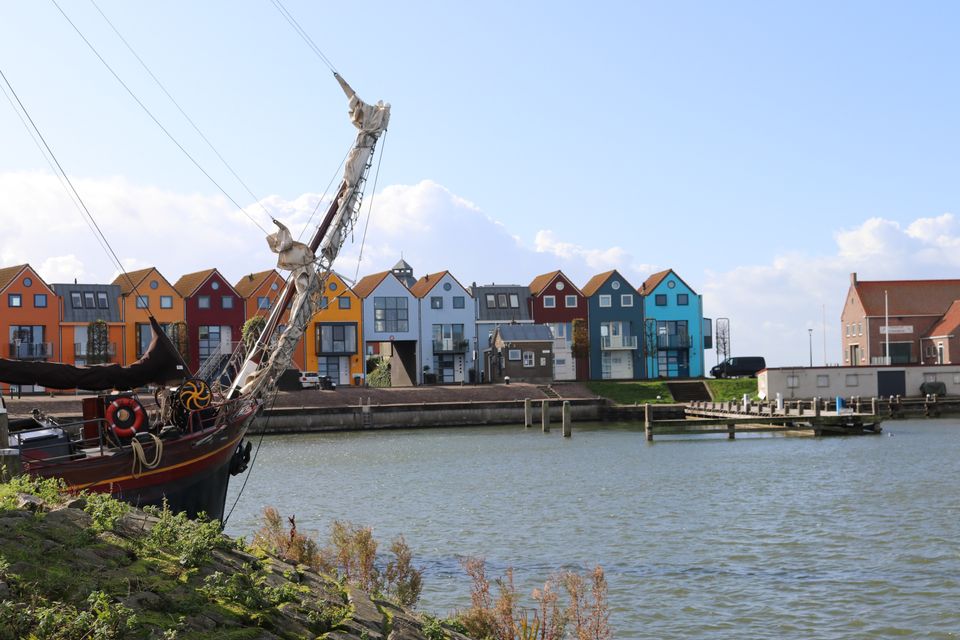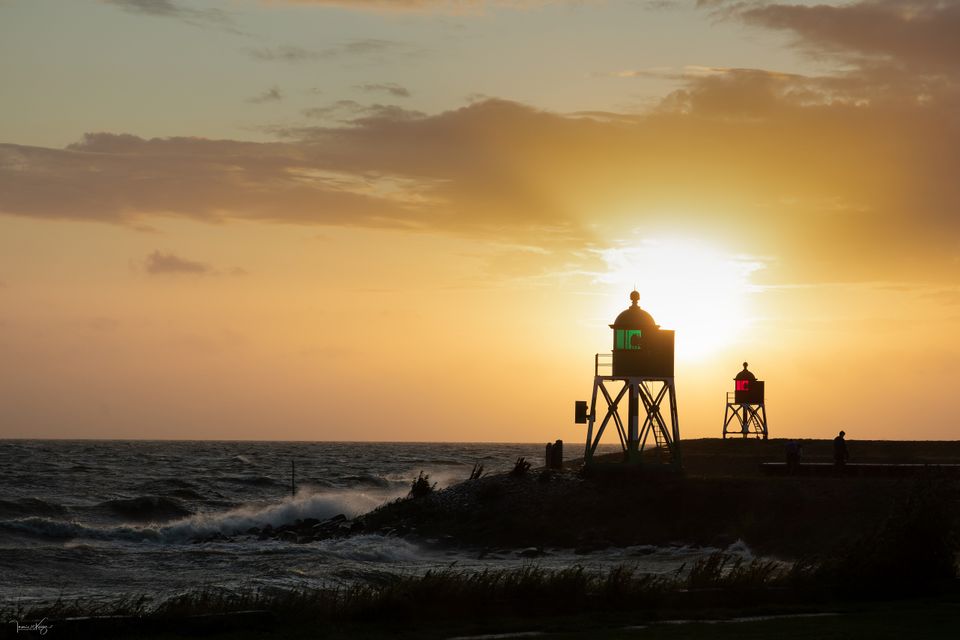The harbour of Stavoren
Stavoren
Experience the atmosphere of trade, fishing and recreational sailing. Stavoren is uniquely situated, as it is surrounded by the IJsselmeer lake on three sides.
Take a look
Experience the atmosphere of trade, fishing and recreational sailing. Stavoren is uniquely situated, as it is surrounded by the IJsselmeer lake on three sides. The new Johan Friso locks now form the access gateway to a relaxed and therefore extremely popular sailing holiday in Friesland. There's always plenty of activity here.
The old sea lock can also still be seen in the old harbour. It provides access to the city, and dates from 1576. For many centuries, this lock was extremely important for all large shipping trade from the hinterland. It was therefore maintained by the city and by the surrounding rural communities. The old lock lost its function upon construction of the Johan Friso locks on the southern side of the city in 1966. On special occasions however, it is still operated by hand. Nearby, you'll find the statue of the Lady of Stavoren, who epitomises the fall from grace.
Are you continuing 'seaward'? The next stop is the fishing harbour. Colourful new houses are a beautiful reference to the historic harbour quayside, and are reminiscent of Copenhagen. Where the 'Staverse jollen' – wooden fishing ships used on the Zuiderzee – were once moored, this is now home to modern, steel fishing cutters.
At the entrance to the harbour are the beautiful and aesthetically designed harbour lights dating from 1884: one red and one green. Here too is the Stavoren lighthouse: a lofty cast-iron light tower with neo-Gothic panels and a lamp body mounted on top. An identical light tower can still be found on Wieringen island at Den Oever. The tower stands more than 15 metres tall and is not open to the public. It's easily photographed from quite a distance however, which gives some pretty pictures.
Here you will find The harbour of Stavoren
Noord 168715 HR Stavoren Plan your route
from your location




